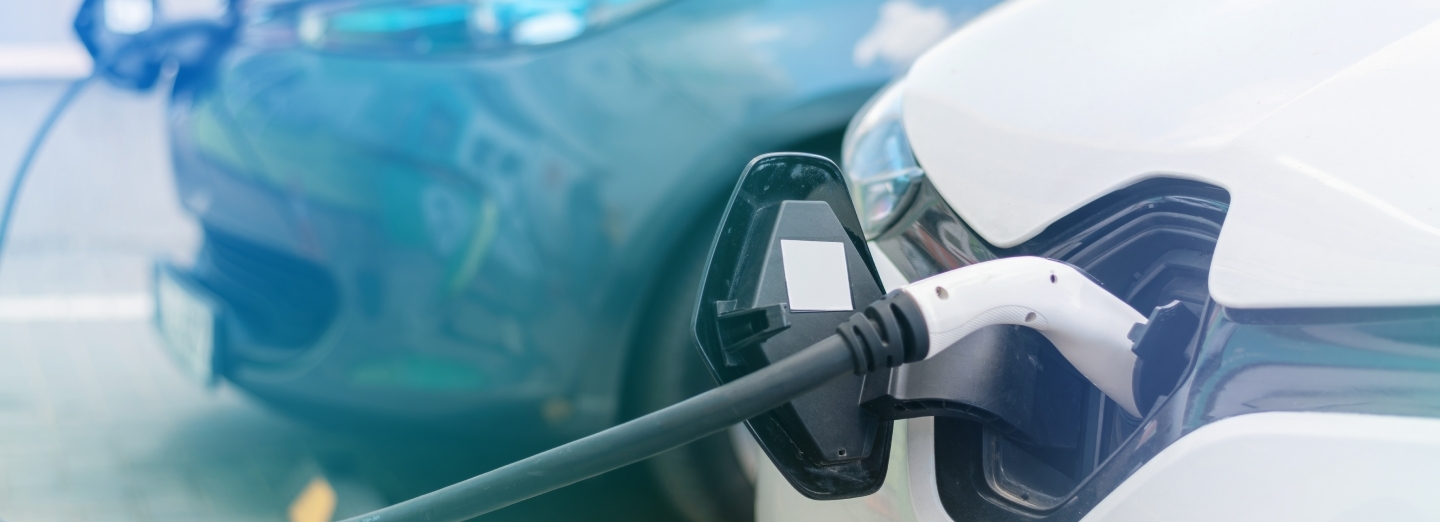EV Charger Types In Charging Stations
EV Charger Types In Charging Stations
There are three types, or “levels,” of EV chargers available: type 1, type 2, and type 3. Type 1 is the slowest, while type 3 can charge an EV’s battery almost immediately in about an hour.
Type 1 Chargers:
Type 1 chargers are just regular wall outlets, the same as plug for putting your phone into to charge. For an EV, it takes a very long time to charge the battery with a type 1 charger — about 20 hours+ for a 120-mile charge. Type 1 chargers use AC (alternating current) power, and range in output from 1kW to 7.5 kW. This type of outlet is too slow for regularly charging an EV at home, even overnight, but could be good for vehicles with smaller battery packs like plug-in hybrids.
Type 1 chargers are usually provided upon purchase of any electric car by the dealership. These chargers are made to be plugged directly into a standard 120V socket available in every home. The fact that this charging option is totally free also appeals to certain customers. Its important to note these type 1 chargers are not intended for users who often drive electric vehicles. For every hour you spend charging your car using type 1 charger, you only receive approximately 3 - 5 miles of range as it is the slowest charger put of the 3 types.
Type 2 Chargers:
Type 2 chargers can be found at most public charging stations and also use AC power. It allows for increased charging speed due to their increased power output. These chargers deliver around 240 volts of power and can charge an EV battery anywhere from 5 -7 times faster than a type 1 charger. Type 2 chargers use a different type of plug to connect than a type 1 charger because they require a connector plug with additional wires to carry the additional power. Type 2 chargers are the ideal chargers when it comes to charging EVs that are driven daily, usually for drivers who commute long distance for work everyday as a single charge can provide approximately 80 miles of range.
Type 2 chargers can also be installed in-home for faster charging without reliance on a public station. The speed this home charger will depend on which charger you get installed and your local power grid, among other factors, but you can still expect the same charge time as a public type 2 charging station. Note that Level 2 chargers do require an update to your home's electricity supply. Level 2 chargers need a 240V outlet, as opposed to Level 1 chargers, which use 120V outlets.
Read about NEA’s charging stations: https://meromotor.com/posts/33/nea-charging-stations-ready-for-set-up
Type 3 Chargers:
Type 3 chargers, also known as DC fast charging or DCFC chargers, will get you the quickest power up in the charging station. They use DC (direct current) energy, and require special plugs to connect that are different from the previous two charger types. A type 3 charging station can get an EV’s battery to around the 80 percent mark in roughly half an hour. While still quite a bit longer than a typical gas fill-up, these chargers are the best option available for longer drive range or trips where you may need to charge the battery quickly. Their power output is typically between 20 and 50kW, delivering the equivalent of 3-20 miles per minute of charging time.
While type 3 chargers are rarely installed at homes or just not at all, you would not normally require such an amount of power these chargers supply. Also considering the astronomical pricing it costs to set it up, it is quite rare to see it at homes.
You can find out what types of chargers will be set up in the upcoming NEA charging stations here: https://meromotor.com/posts/17/charging-stations-in-nepal-by-nea

Please login to comment.